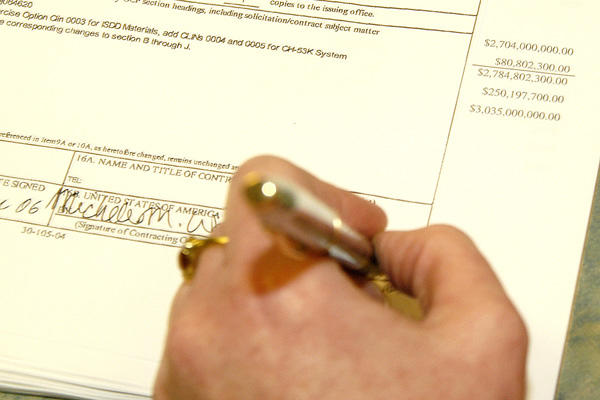Have you ever purchased a home before and used your VA home loan benefit? Has it been a while or maybe it was just a couple of years ago. If that was indeed your first purchase, you can certainly remember that there was a lot involved, right? Did it seem to you that the VA lender asked for more than they probably needed? Did they ask some relatively harmless questions that didn't make sense why they were asking for a particular document or provide an explanation?
Getting a VA loan approved, in fact any home loan for that matter, means providing a lot more than just your loan application. Things such as tax returns, bank and investment statements and a new insurance policy was asked for and provided. It was sort of hectic at times, wasn't it?
Anyone buying a home with their VA Home Loan for the first time can sometimes be a little surprised at the amount of information that needs to be gathered before a VA loan can be approved. In fact, once your file is documented, the printed version could be two or three inches thick!
But what if you're involved in a simultaneous closing? What then?
The Simultaneous Close
When owners of a property sell, they typically buy another home in which to live, right? And the people that buy that seller's home want the owners to move out when they're supposed to, typically the day the loan papers are ultimately signed.
When property owners sell their home and close on their new one at the very same settlement table on the very same date, it's a simultaneous closing. There are two sets of documents to sign, paperwork for the sale and paperwork for the purchase. And if the buyers of the original property don't sign when they're supposed to, everything stops. Sellers usually need the proceeds from the sale of their current property to use as a down payment or pay for on the subsequent home. If the seller's buyer doesn't show up at the closing table, the funds needed to buy the subsequent home aren't available.
Simultaneous closings mean there are a lot of people spinning plates. One wrong action, the plates fall to the ground.
Vetting Your Buyers
As you list your home and begin to receive offers, your listing agent will be alongside reviewing those offers with you. Today, most sellers require a letter from a lender showing that the buyer is preapproved for a mortgage.
If a buyer presents an offer to a seller and there is no such letter, the seller should consider other offers. When buyers make an offer on a home and the contract is accepted, the home is temporarily taken off the market so the buyers can arrange financing. When reviewing a preapproval letter, what should you look for?
The first thing you and your agent will review is who the buyer is using to finance the home. Further still, to what degree did the lender review the buyer's loan application. At minimum, the lender should have reviewed the buyer's credit report, income and bank statements showing the buyer has enough money to close on the deal.
The letter should state that these items were in fact reviewed and approved. If not, there's the distinct possibility that your simultaneous close will never happen. You don't need to know the buyer's credit scores or how much they bring home each month, you just need to know that the lender has reviewed that information and they're good to go.
Preparing Both Sides
At a simultaneous closing, you're the buyer and the seller all rolled into one. As a buyer, work with your loan officer to provide the required documentation as soon as asked. Don't tarry getting your information to your lender, you want to have your closing papers at the settlement table at least a day or two before your scheduled closing dates. If there is anything amiss regarding your loan papers or the cash amount needed to close, getting your papers to closing early gives you and your lender time to make any corrections.
As a seller, have your agent regularly check the status of your buyer's loan papers and suggest that they too get their loan documents to the closing agent sooner rather than later.
A simultaneous closing requires double the preparation. Take your time, start early and get status updates on your loan as well as your buyers. It's a smooth process when taken one step at a time.










